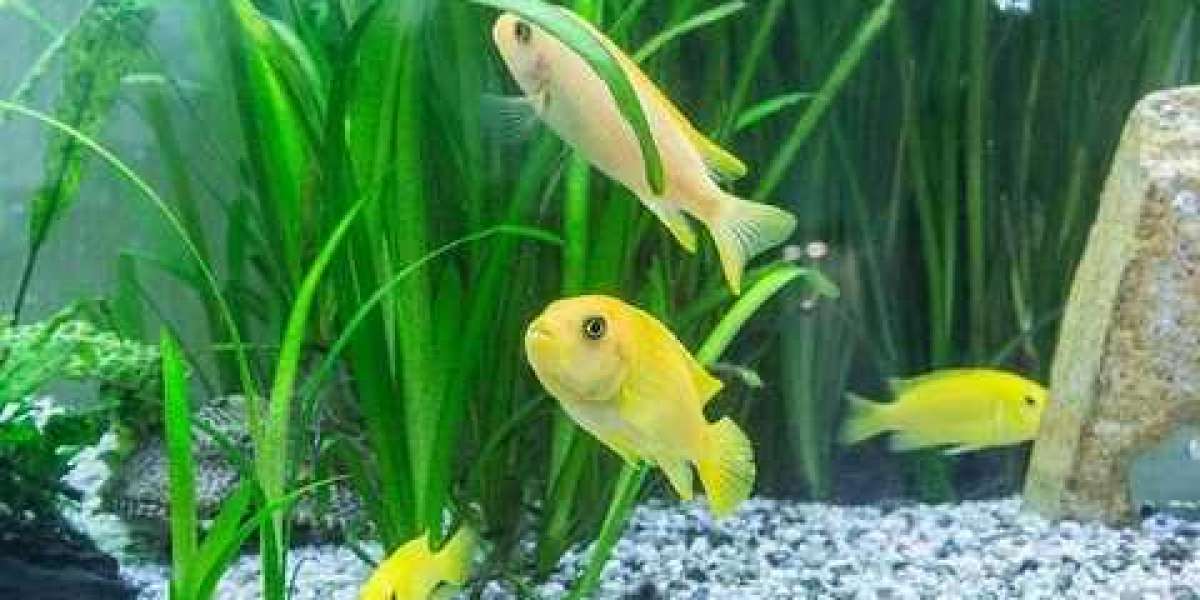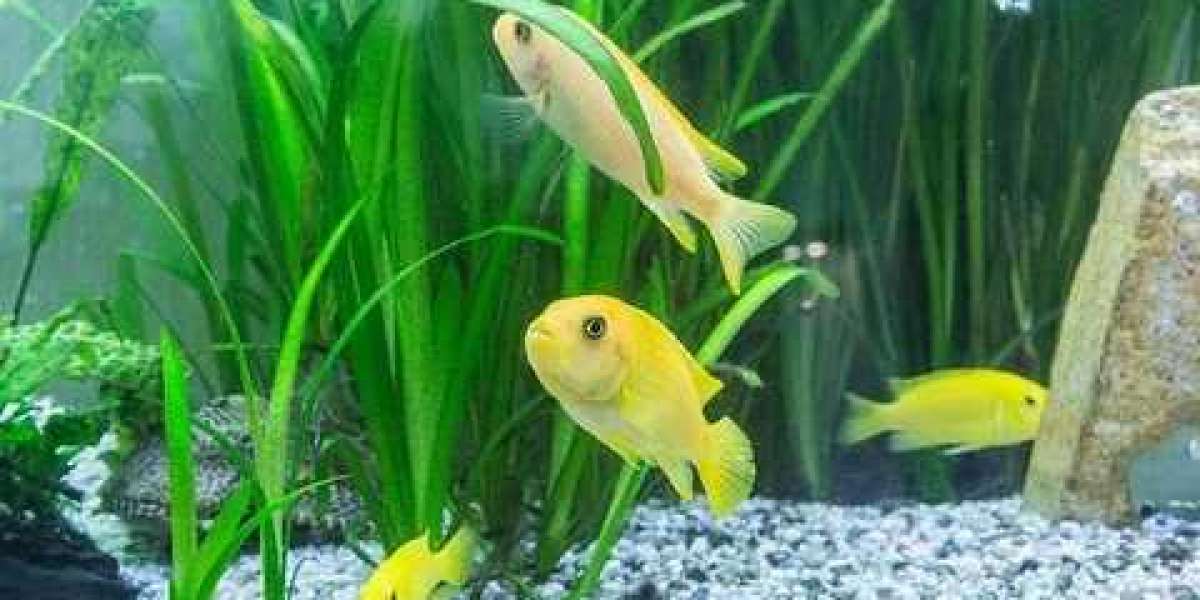A pail is typically a watertight, vertical cylinder or truncated cone or square, with an open top and a flat bottom, attached to a semicircular carrying handle called the bail. A pail is usually an open-top container. In contrast, a pail can have a top or lid and is a shipping container. In common usage, the two terms are often used interchangeably. Plastic packaging barrels are mostly used for the storage and transportation of various liquids, and have good characteristics for special dangerous goods. It is used for the packaging of dangerous goods that need heat preservation, moisture resistance, pressure resistance and corrosion resistance. And it is mostly used to hold liquid and solid items in chemical raw materials, pesticides, lubricants, coatings, medicine, food, hardware electronics, electromechanical and other industries. Specifications from 100mL-200L.
The main raw material for the production of plastic barrels is polyethylene (PE), which is a high molecular organic compound formed by addition polymerization of ethylene. Polyethylene is recognized as the best food contact material in the world, non-toxic, tasteless and odorless, and meets the hygiene standards for food packaging. Polyethylene film, light and transparent, has the properties of moisture resistance, oxygen resistance, acid resistance, alkali resistance, general air tightness, and excellent heat sealability. Material. Secondary water supply in high-rise buildings, water storage, water treatment, medicine and food, electronic chemical industry, aquaculture, textile printing and dyeing, petrochemical reagents, pickling and electroplating, brewing sugar, vegetable pickling, refrigeration, environmental protection and hygiene and other industries widely used in.
Metal pails are larger capacity containers made of sheet metal. Its specifications include small open head pails, middle open head barrels, carrying barrels, special-shaped top barrels, full-opening conical steel barrels, full-opening barrels, straight-opening barrels, opening necked steel barrels, and so on. It has a very wide range of applications, involving many industries such as food, beverage, chemical, aerosol and other content packaging. In order to meet the needs of these packagings, metal drums have various properties suitable for them, among which the sealing properties are common and very important. Compared with other packaging materials, metal materials are denser, stronger, easier to form and process, and metal drums have better sealing performance, which can be suitable for long-term storage of food and items that meet high requirements such as leak-proof, anti-corrosion, and pressure resistance. , because the application field of metal barrels is very wide and has an irreplaceable status.
The closed-mouth square pail is mostly made of polyethylene, polypropylene, polyester and other plastics by blow molding, injection molding, blister molding, and rotational molding. It is mostly used to hold liquids and solids in chemical, pesticide, medicine, food, hardware electronics, electromechanical and other industries. The pail contains the following features: light weight, high temperature resistance, not easy to corrode, clean and clean, reduce pollution, can be tilted 20 degrees, easy to transport and stack, save space. The PE plastic square pail is easy to use, economical and durable, and can contain Class II and III dangerous goods. It has been widely used in the storage and transportation of various chemicals such as coatings and pesticides. PE plastic square barrel products have the following characteristics: 1. The use of IBC ton barrel packaging can greatly reduce the cost of production, storage, transportation and operation, and save a lot of manpower and material resources; 2. The product structure is reasonable, firm and strong, can be directly loaded and unloaded by forklift, and can be stacked and stored; 3. The bottom of the product is equipped with a drain valve, which is convenient, rapid, thorough and safe for liquid discharge, easy to clean, and can be used for multiple turnovers, saving energy and environmental protection; 4. It has beautiful appearance, non-toxic, tasteless, HDPE material, food grade, acid resistance, alkali resistance, impact resistance, high temperature resistance, cold resistance. It can be used in the chemical industry and is easy to install and transport.
A steel can, tin can, steel packaging, or can is a container for the distribution or storage of goods, made of thin metal. Many cans require opening by cutting the "end" open; others have removable covers. They can store a broad variety of contents: food, beverages, oil, chemicals, etc. Steel cans are made of tinplate (tin-coated steel) or of tin-free steel. In some dialects, even aluminium cans are called "tin cans". Most cans are right circular cylinders with identical and parallel round tops and bottoms with vertical sides. However, cans for small volumes or particularly-shaped contents, the top and bottom may be rounded-corner rectangles or ovals. Other contents may suit a can that is somewhat conical in shape. Fabrication of most cans results in at least one rim—a narrow ring slightly larger than the outside diameter of the rest of the can. The flat surfaces of rimmed cans are recessed from the edge of any rim (toward the middle of the can) by about the width of the rim; the inside diameter of a rim, adjacent to this recessed surface, is slightly smaller than the inside diameter of the rest of the can.
The round can includes three bucket accessories, a base, a round can body and a cover which are arranged in sequence from bottom to top. The round can body has two connected hollow chambers and the hollow chamber can accommodate food. The base and the cover are arranged on the two sections of the round can body. The main body of the round can and the base are set to be detachably connected, the body of the round can and the cover are also set to be detachably linked, the surface of the cover is provided with a gripping part, and the gripping part is integrally connected with the cover.
A can is a sealable container made of metal sheet, glass, plastic, cardboard or a combination of some of the above materials, which stores commercial food, and is commercially sterile after specific treatment. .
It can be canned beverages, including canned soda, coffee, juice, frozen milk tea, beer, etc. It can also be canned food, including lunch meat. The can opener follows the can opener, or imitation cans technology. There are cans in various shapes: two common ones are the "soup tin" and the "tuna tin". Walls are often stiffened with rib bulges, especially on larger cans, to help the can resist dents that can cause seams to split. Can sizes in the United States have an assortment of designations and sizes. For example, size 7/8 contains one serving of half a cup with an estimated weight of 4 ounces; size 1 "picnic" has two or three servings totalling one and a quarter cups with an estimated weight of 101â„2 ounces; size 303 has four servings totalling 2 cups weighing 151â„2 ounces; and size 10 cans, most widely used by food services selling to cafeterias and restaurants, have twenty-five servings totalling 13 cups with an estimated weight of 1031â„2 ounces (size of a roughly 3 pound coffee can). These are U.S. customary cups (not British Imperial standard). In the United States, cook books sometimes reference cans by size. The Can Manufacturers Institute defines these sizes, expressing them in three-digit numbers, as measured in whole and sixteenths of an inch for the container's nominal outside dimensions: a 307 × 512 would thus measure 3 and 7/16" in diameter by 5 and 3/4" (12/16") in height. Older can numbers are often expressed as single digits, their contents being calculated for room-temperature water as approximately eleven ounces (#1 "picnic" can), twenty ounces (#2), thirty-two ounces (#3) fifty-eight ounces (#5) and one-hundred-ten ounces (#10 "coffee" can).














